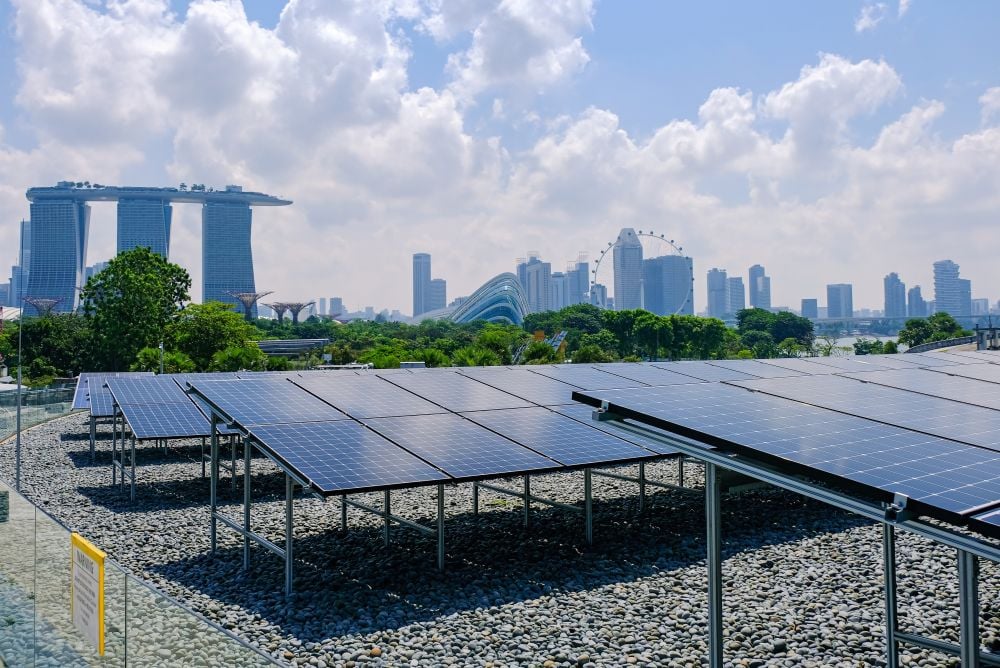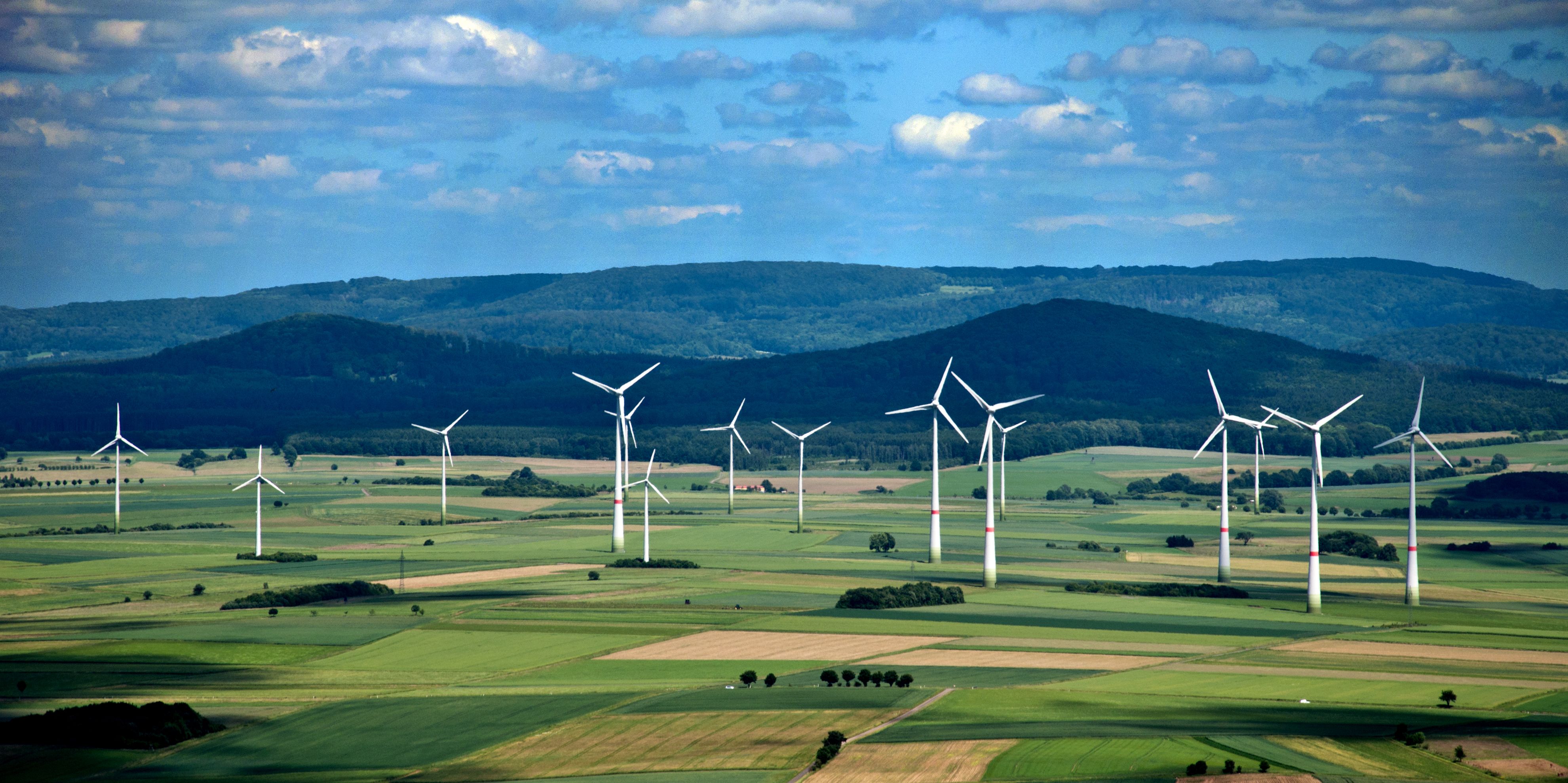Developing Asia will extend its steady economic growth in 2014, with the GDP forecast to grow by 6.2%, up slightly from 6.1% in 2013. The steady growth rate will continue into 2015 with the GDP posting an increase of 6.4%, which will make developing Asia the largest contributor to global growth.
According to the Asian Development Bank (ADB), which issued its flagship annual economic publication Asian Development Outlook 2014 on April 1, the growth will be supported by the higher demand from recovering advanced economies, but it will be dampened by moderating growth in China.
It notes the Chinese economic growth rate slowed to 7.7% in 2013 on impacts from tightened credit growth, pared industrial overcapacity, deepening local government debt, rising wages, currency appreciation and the continuing shift in the government's development priorities away from quantity toward quality. It says these factors persist and China's growth is forecast to slow to 7.5% in 2014 and to 7.4% in 2015.
"Developing Asia is adapting to changing global environment and the region has done well," ADB's deputy chief economist Juzhong Zhuang says in a press briefing in Hong Kong. "The US is phasing out the unconventional monetary policy on the back of improving economic outlook, and the possibility of tighter global liquidity has made investors to pull back from emerging markets last year. But developing Asia has managed to stay on top of the transition."
The ADB report points out that while risks to the outlook have eased, three areas warrant close monitoring. First, if the efforts in China to curb expansion are too abrupt and excessively undermine growth, a deeper slowdown could drag down the prospects for its trade partners.
Second, the data on the recovery in the major industrial economies have been mixed, pointing to the possibility that demand for the region's goods from these countries may be softer than envisaged. And third, a further shock to the global financial markets from changes in the US monetary policy cannot be ruled out.
In India, the report says the recent deceleration of economic growth in the country appears to have bottomed out, but the economy will not reach its potential until the remaining structural bottlenecks are overcome. The ADB forecasts India's GDP growth to accelerate to 5.5% in the fiscal year ended March 2015 (fiscal year 2014) on improved performance in industry and services. The growth rate is seen rising further to 6% in fiscal year 2015 as a recovery in advanced economies bolsters external demand and government action opens some structural bottleneck that have impeded industry and investment.
"India's capacity for more rapid growth over the long-term is high, with a promising outlook for labour, worker skills, capital, infrastructure and productivity," says Zhuang. "But a serious effort on reforms is needed if the economy is to achieve and sustain higher rates of growth going forward."
Zhuang notes that amid the rapid economic growth in the region in the past 27 years, which boosted the living standards and lifted hundreds of millions out of extreme poverty, it has been accompanied by inequality.
The ADB reports says the widening income gaps are undermining the decades of successful poverty reduction in developing Asia - meaning the governments should pro-actively use fiscal policy to close gaps and promote more inclusive growth.
It says international experience shows that public spending can reduce income inequality. The government spending on education and healthcare, for example, broadens access for the poor to these vital services and helps level the playing field. Making infrastructure affordable and accessible allows the poor to take better advantage of the opportunities that come with improved education and health.
However, developing Asia lags behind other regions in public investment to promote equity. Public spending on education averages 2.9% of the GDP in the region compared to 5.3% in the advanced economies and 5.5% in Latin America. The difference is starker in health care: 2.4% in Asia against 8.1% in advanced economies and 3.9% in Latin America.









